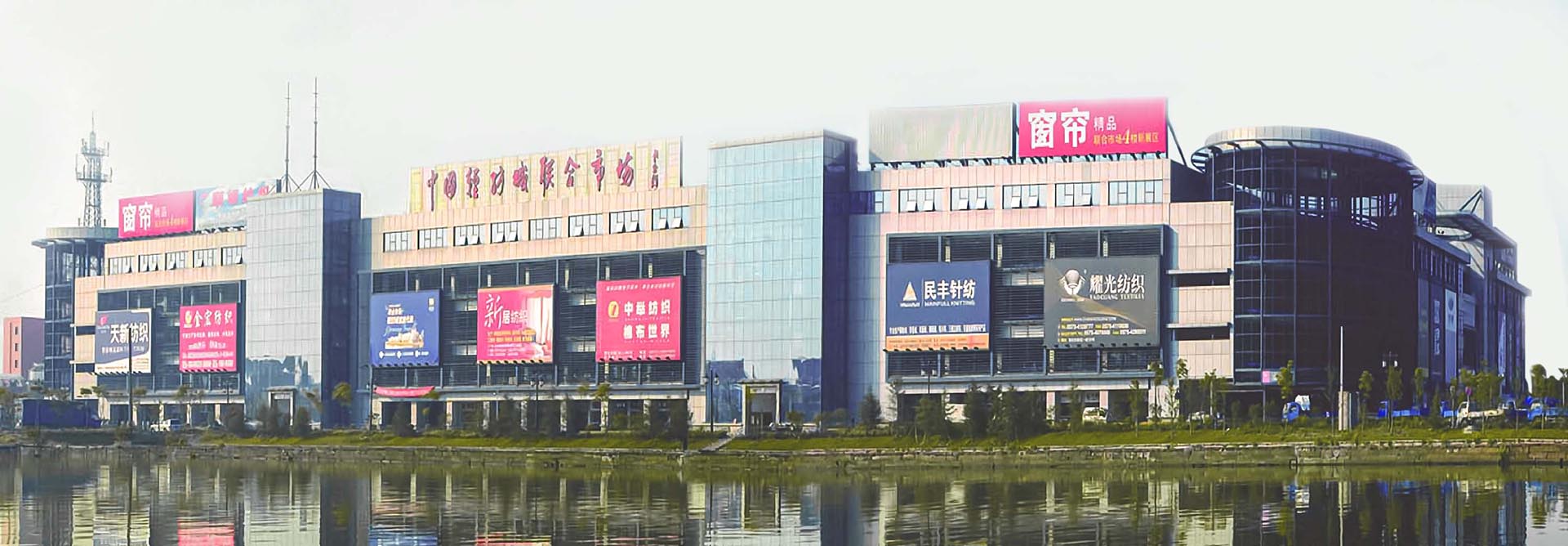The first change is the shift from traditional printing (manual printing, screen printing, dye printing) to digital printing. According to data from Kornit Digital in 2016, the total output value of the textile industry is 1.1 trillion US dollars, of which printed textiles account for 15% of the output value of 165 billion US dollars, and the rest are dyed textiles. Among the printed textiles, the output value of digital printing is currently 80-100 100 million U.S. dollars, accounting for 5%, there is strong room for growth in the future.
Another notable trend is the change in order size. In the past, large orders and super large orders of 5 to 100,000 units (light blue) gradually moved to small orders of 100,000 to 10,000 units (dark blue). development of. This puts forward requirements for shorter delivery cycles and higher efficiency for suppliers.
Current consumers put forward more and more stringent requirements for fashion products:
First of all, the product is required to highlight the differentiation of individuality;
Secondly, they are more inclined to consume in time. Take the data of e-commerce giant Amazon as an example: Between 2013 and 2015, the number of consumers willing to pay extra to enjoy the “fast delivery” service on Amazon’s website increased from 25 million to 55 million , More than doubled.
Finally, consumers’ shopping decisions are more affected by social media, and this influence accounts for more than 74% of the decision-making process.
Conversely, the production technology of the textile printing industry has shown a serious lag. Under such circumstances, even if the design is avant-garde, it cannot meet the demand for production capacity.
This puts forward the following five requirements for the future of the industry:
Quick adaptability to shorten the delivery cycle
Customizable production
Integrated Internet digital production
Meet the diverse needs of consumers
Sustainable and environmentally friendly production of printed products
This is also the inevitable reason for the rapid development of digital printing technology in the past ten years, the continuous change of new technologies and new trends, and the continuous pursuit of technological innovation in the industrial chain.
Post time: May-11-2021





